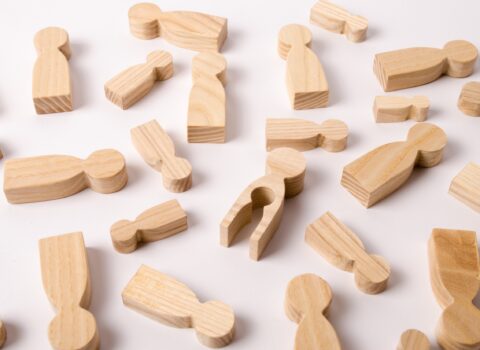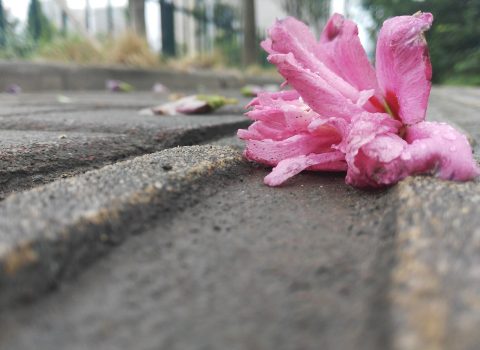#women
-
 July 3, 2023Abortion: cultural, political, medical choices comparedA contemporary analysis of the (non) right to abortion in Italy, Europe and the world from politics to law and medicine.
July 3, 2023Abortion: cultural, political, medical choices comparedA contemporary analysis of the (non) right to abortion in Italy, Europe and the world from politics to law and medicine. -
 November 25, 2022STOP ONLINE VIOLENCE AGAINST WOMENStandByMe european projects aim at countering online Violence Against Women and Girls (VAWG) via youth actions in Italy, Poland, Hungary, Slovenia and the rest of Europe.
November 25, 2022STOP ONLINE VIOLENCE AGAINST WOMENStandByMe european projects aim at countering online Violence Against Women and Girls (VAWG) via youth actions in Italy, Poland, Hungary, Slovenia and the rest of Europe. -
 May 13, 2020Violence against women: law and responsibilitiesItalian norms and sentences have long justified the culture of female subordination and at times indulged violence against ‘disobedient’ women. Let's see how it was so.
May 13, 2020Violence against women: law and responsibilitiesItalian norms and sentences have long justified the culture of female subordination and at times indulged violence against ‘disobedient’ women. Let's see how it was so. -
 April 20, 2020WHAT IS VIOLENCE AGAINST WOMENThe first of four insights into the phenomenology of gender-based violence, a "cultural and civil emergency" that questions the very reasons for our being together
April 20, 2020WHAT IS VIOLENCE AGAINST WOMENThe first of four insights into the phenomenology of gender-based violence, a "cultural and civil emergency" that questions the very reasons for our being together